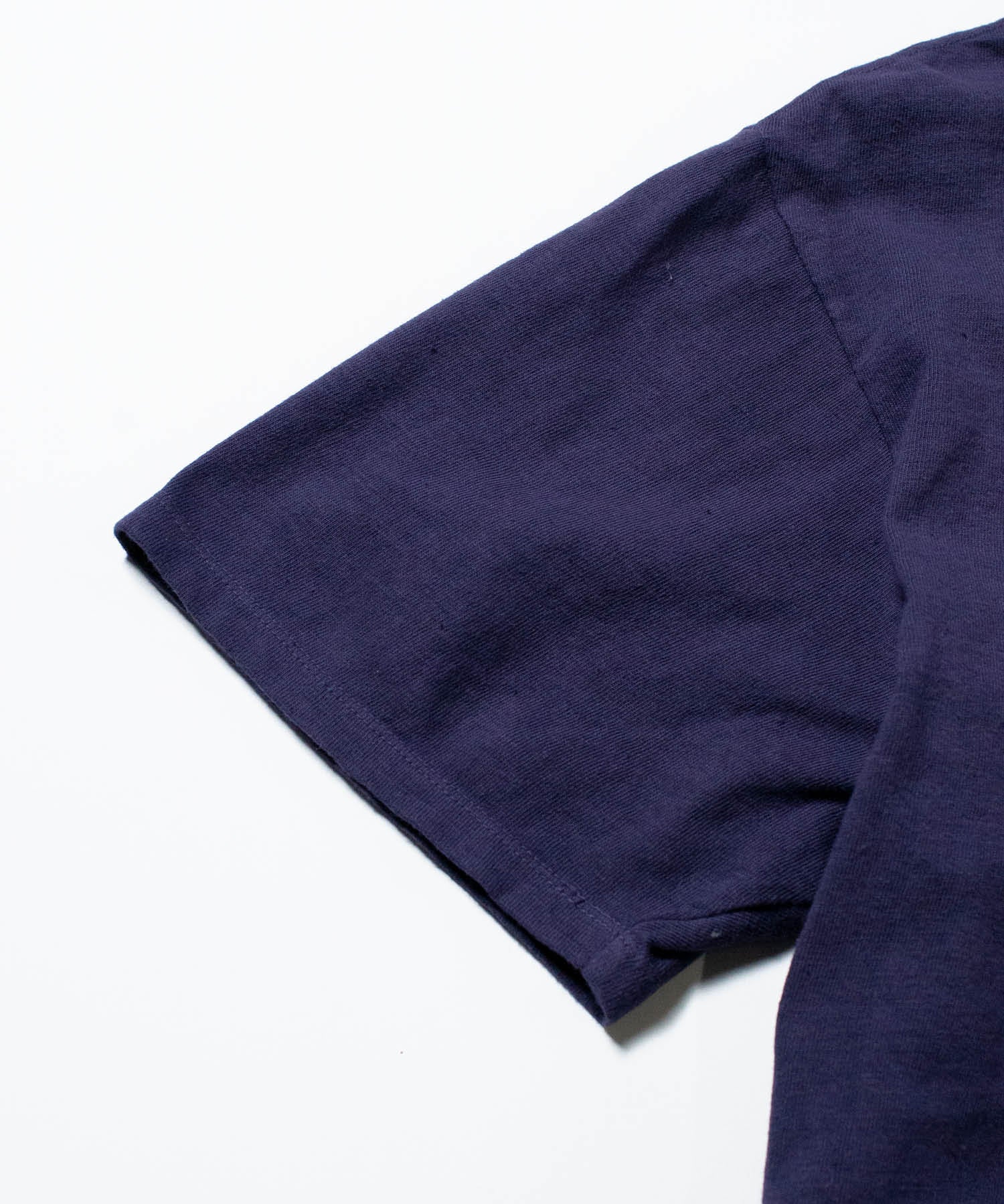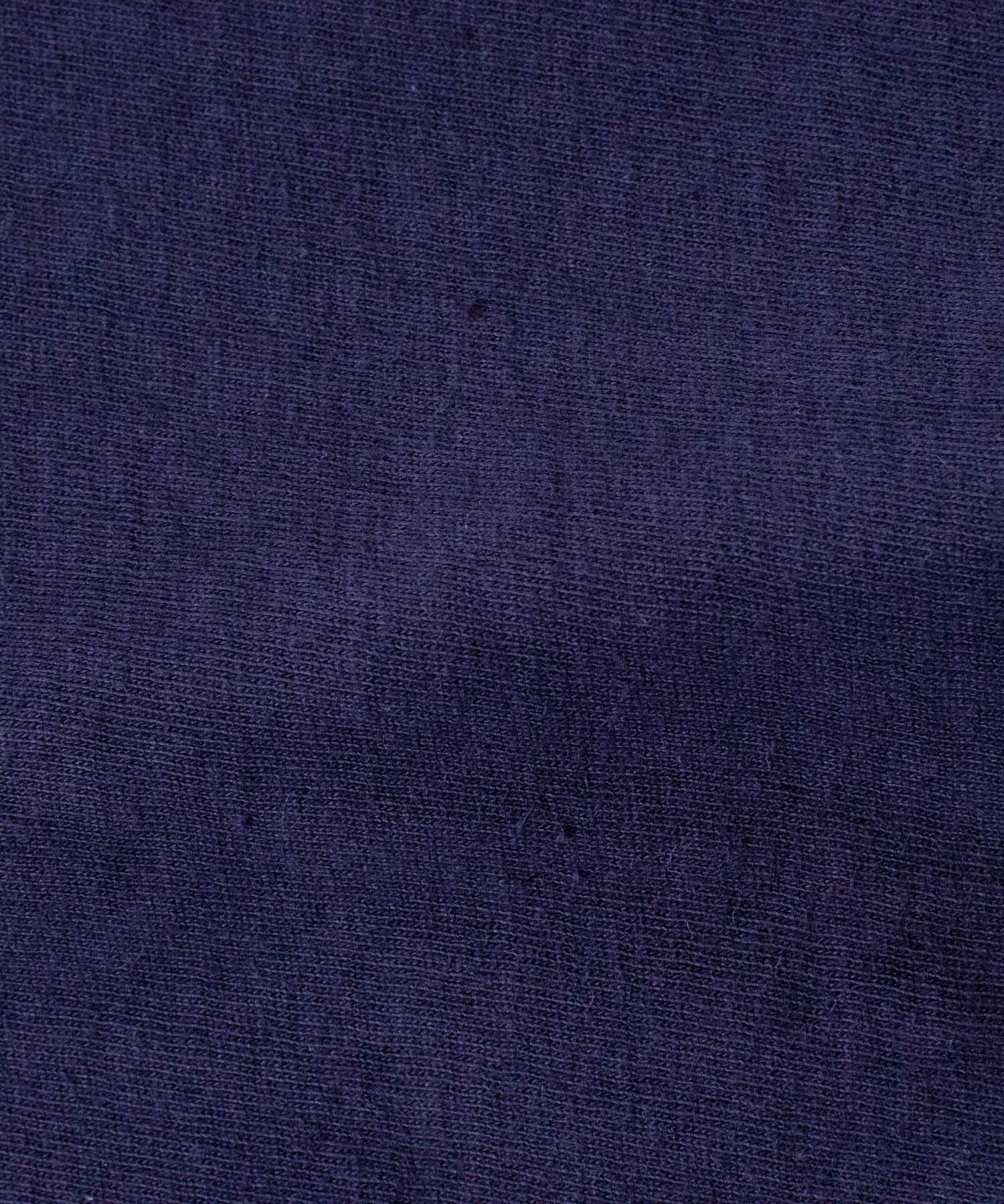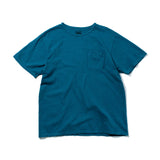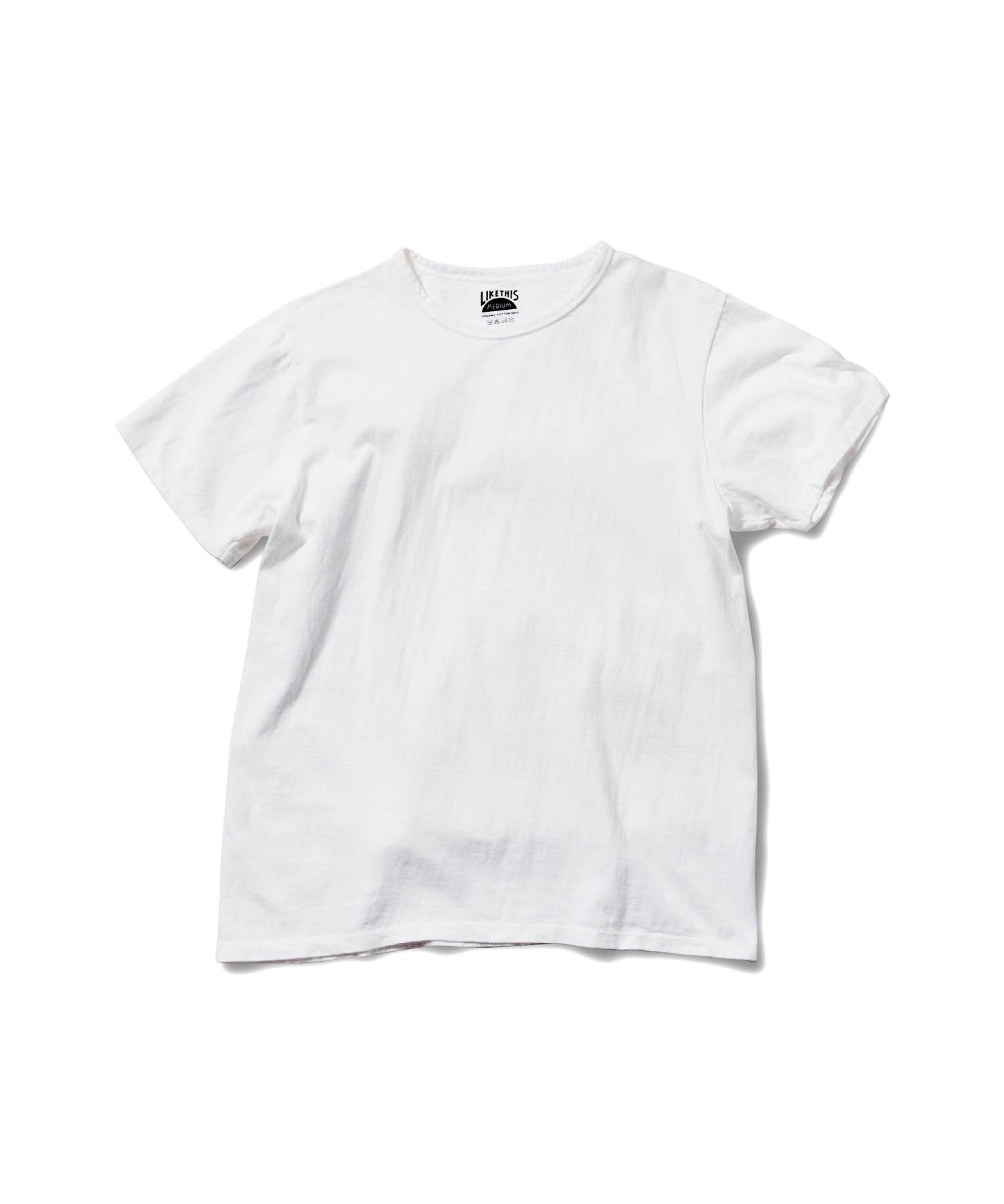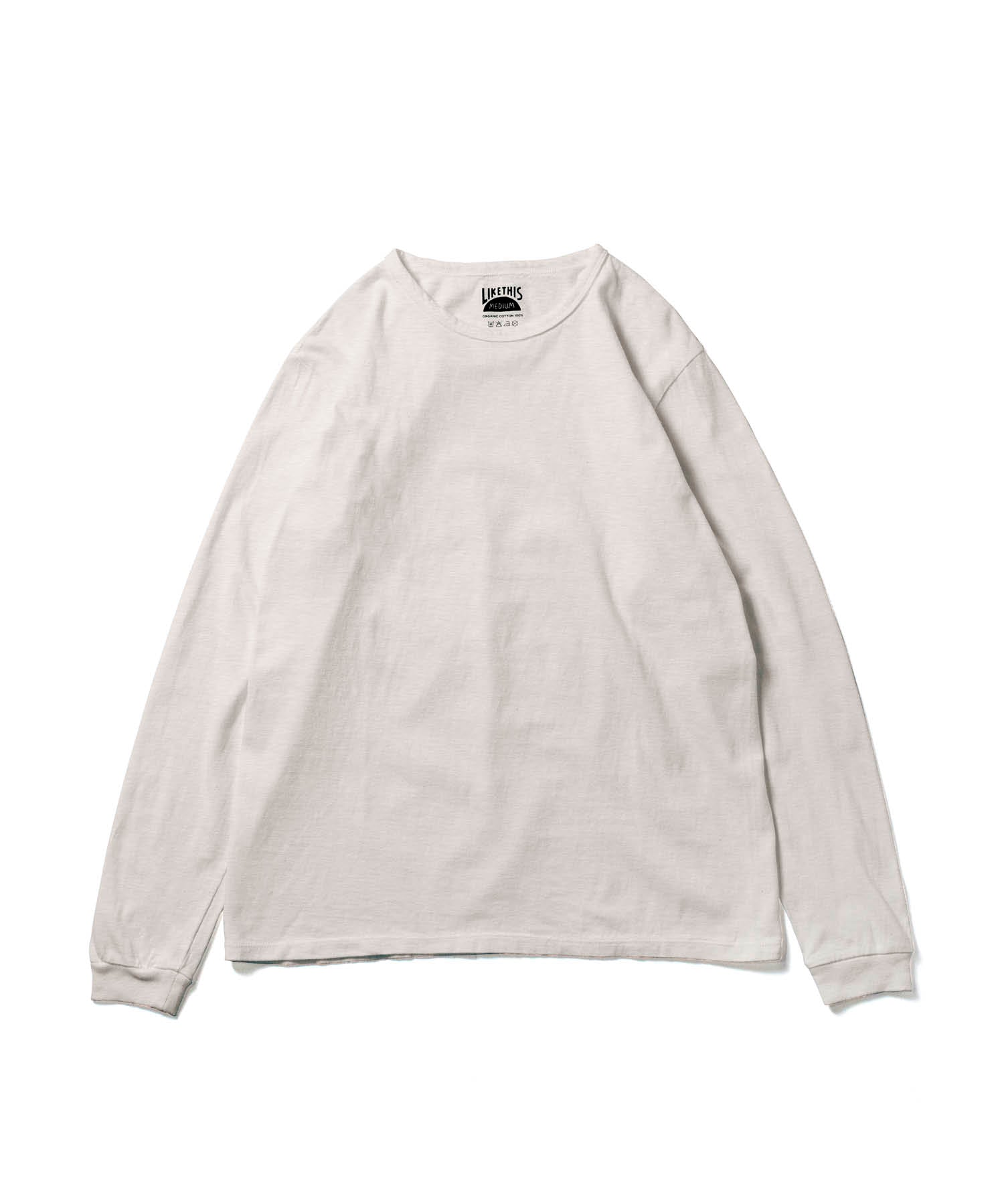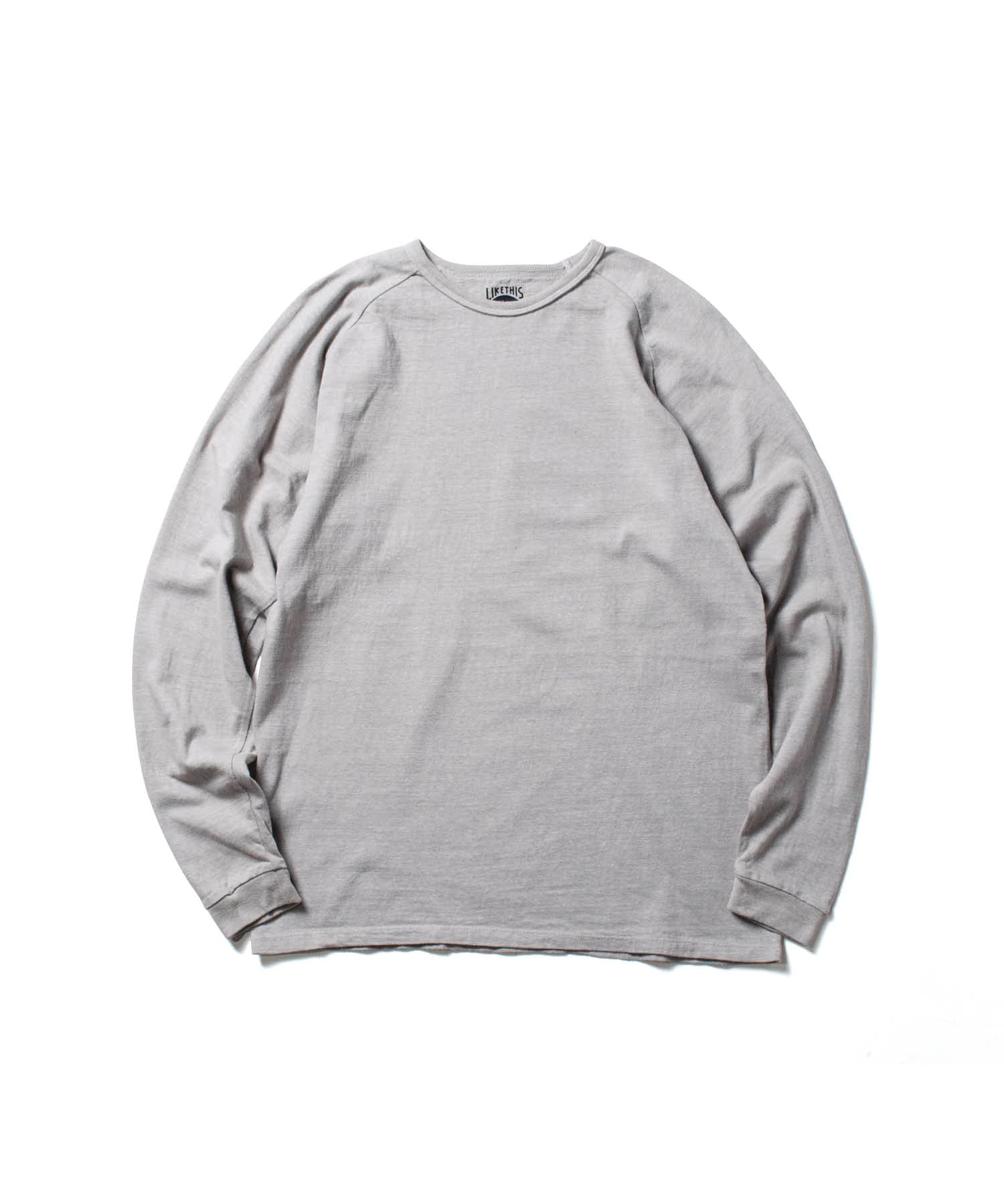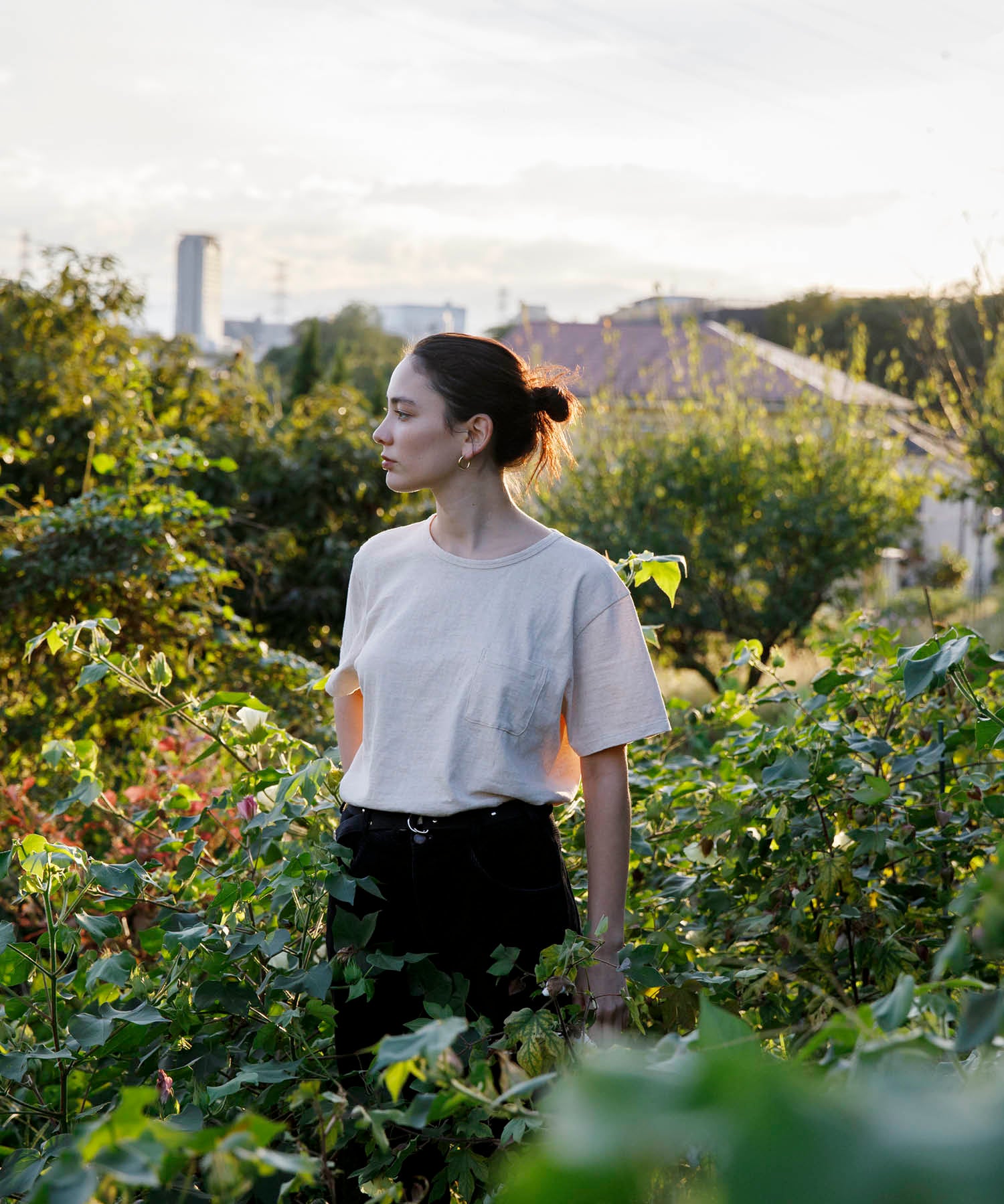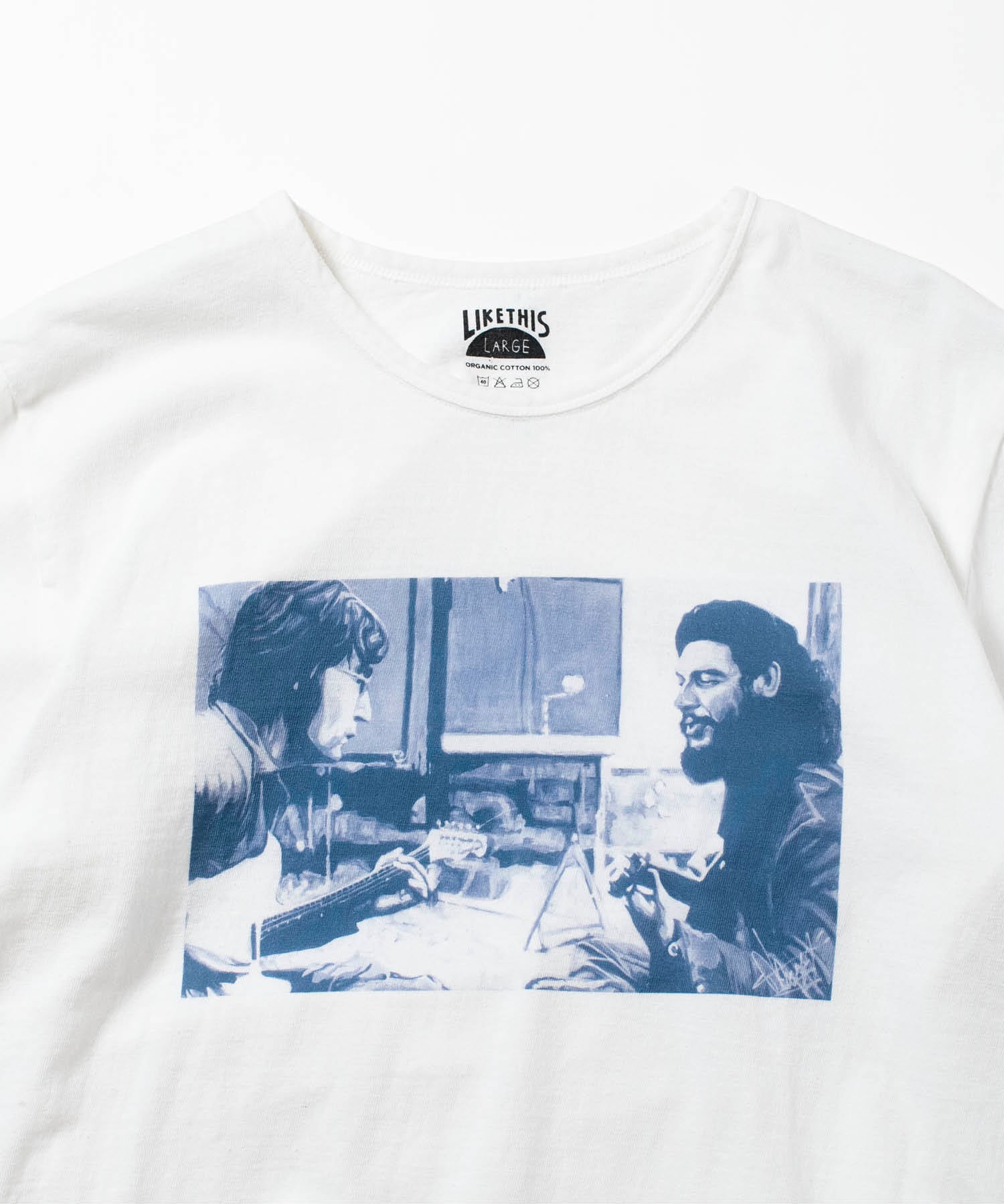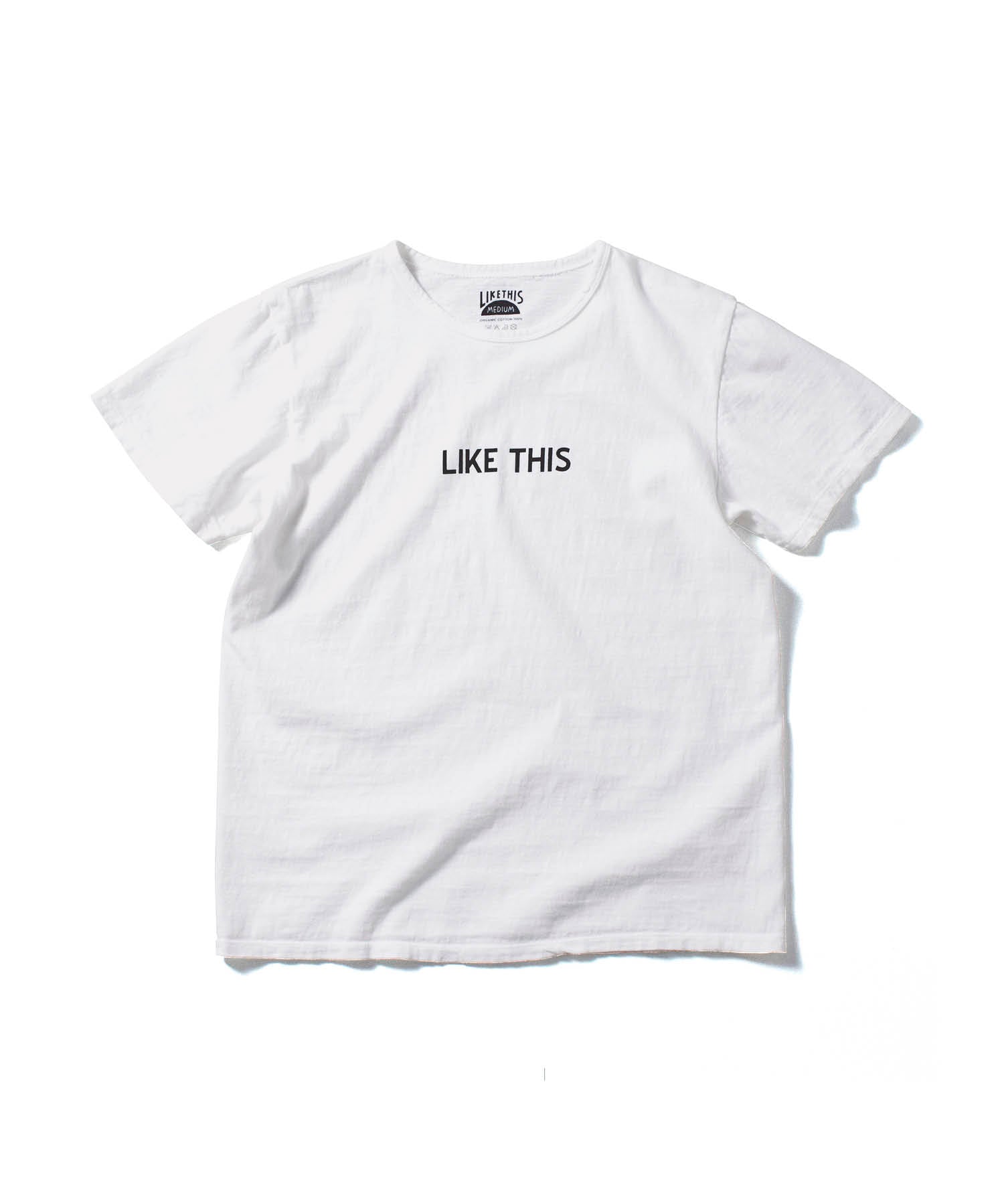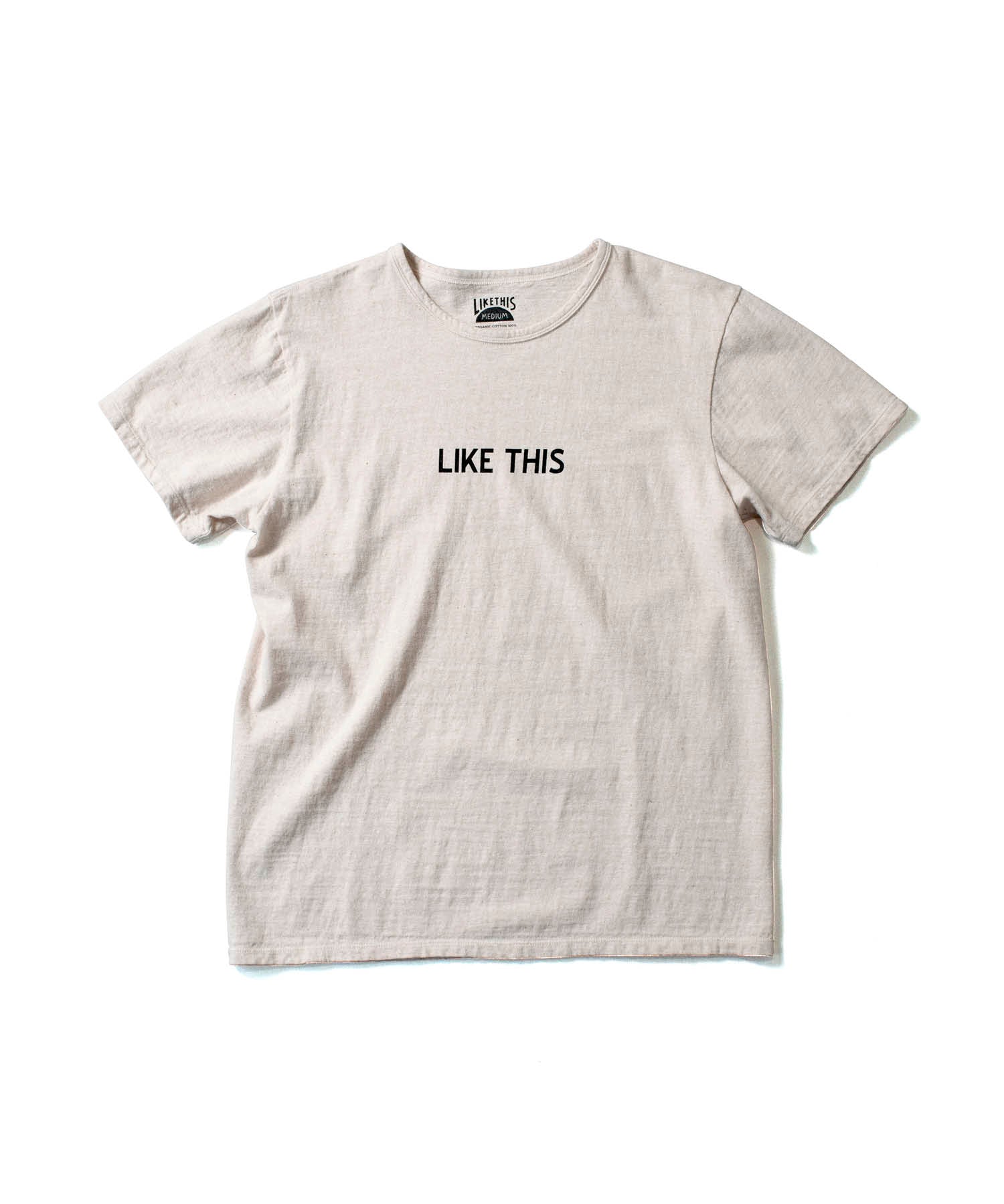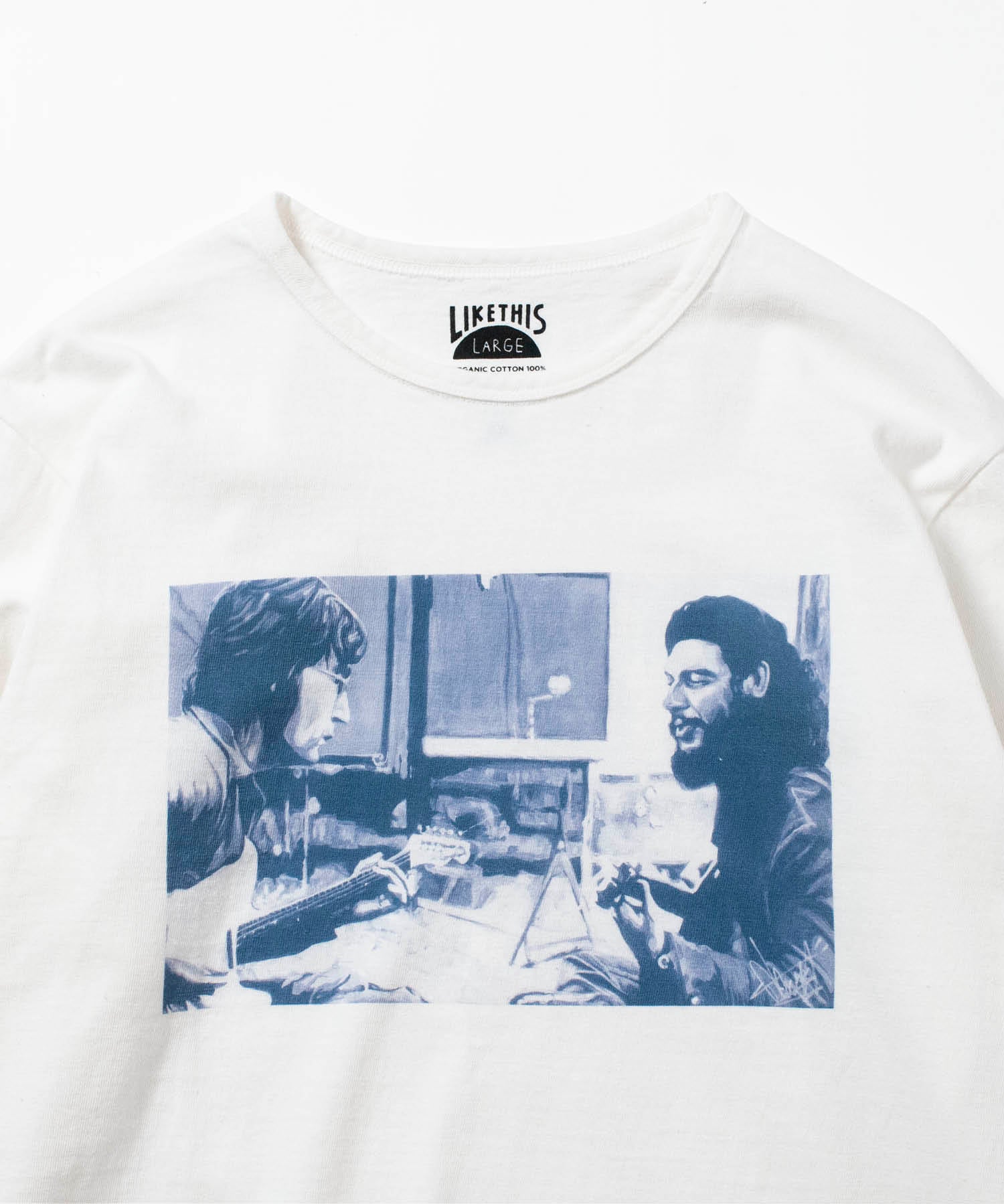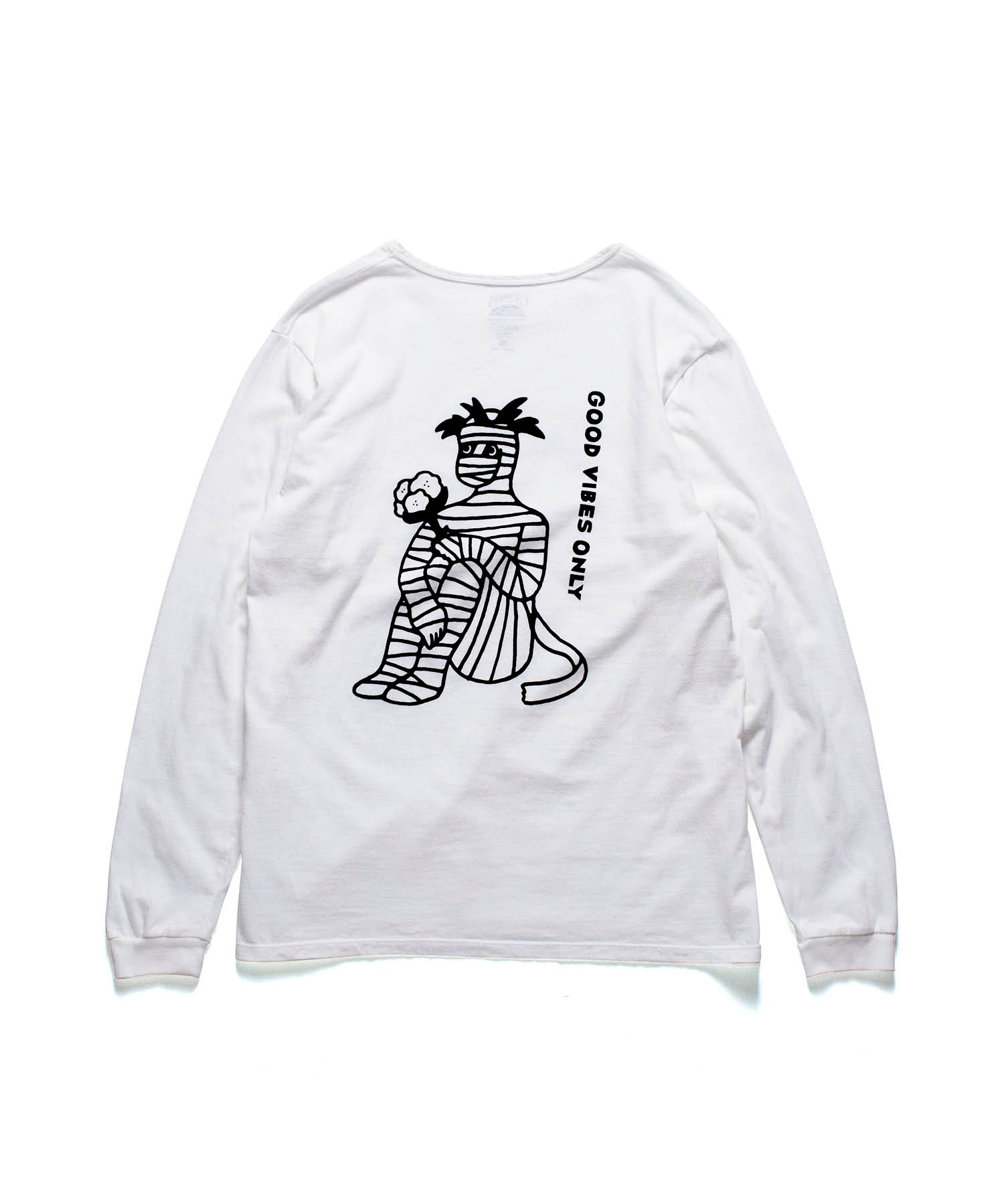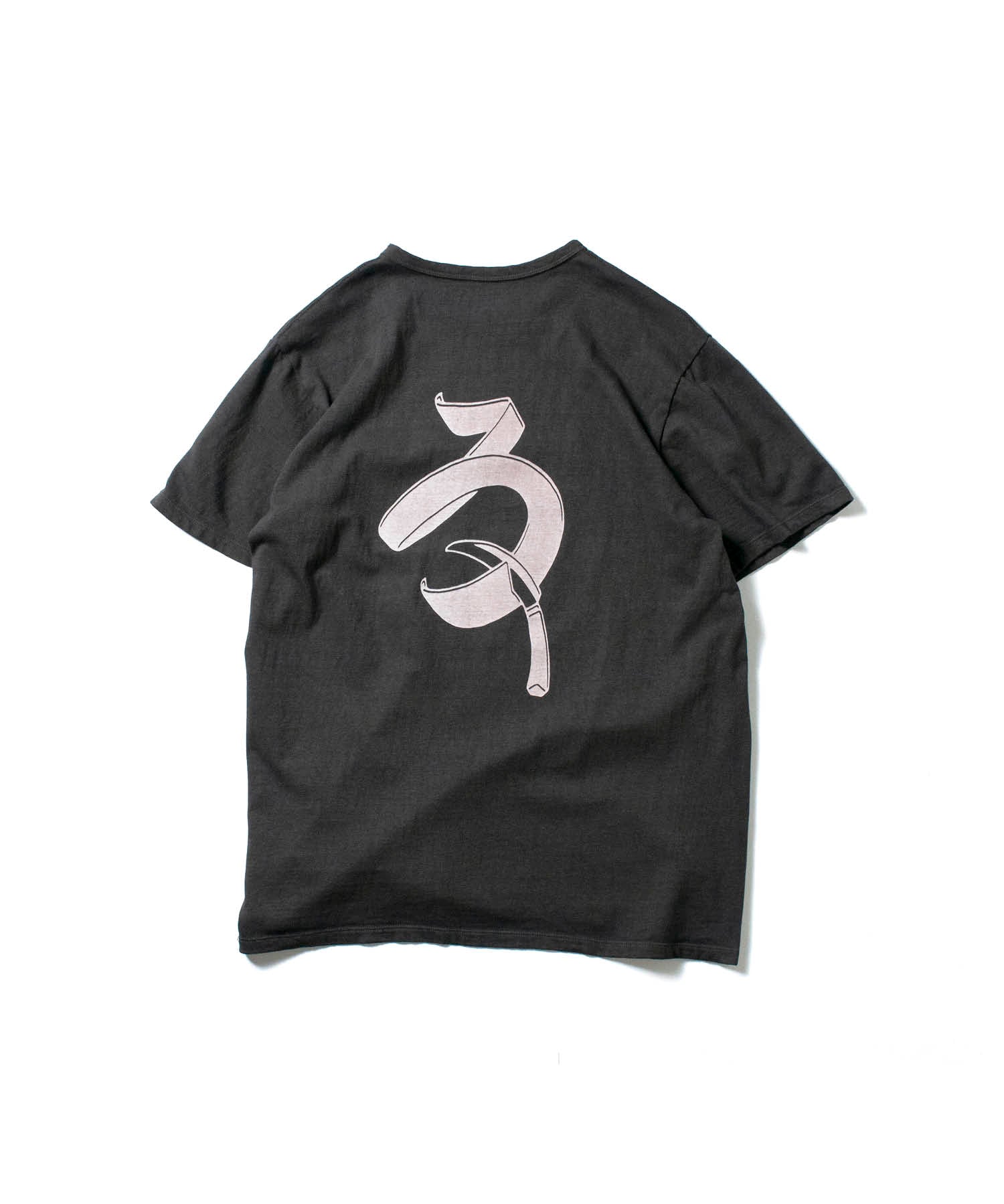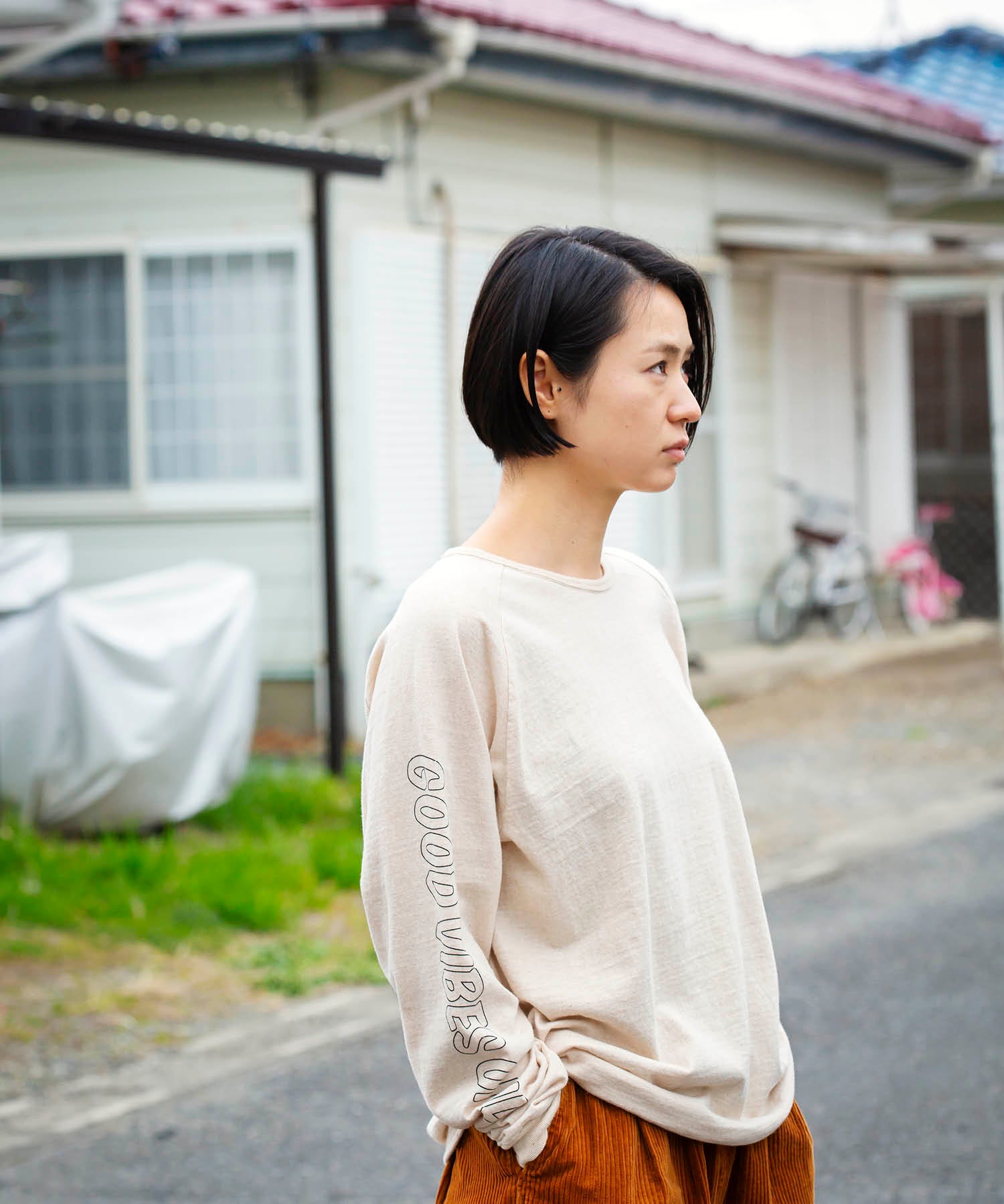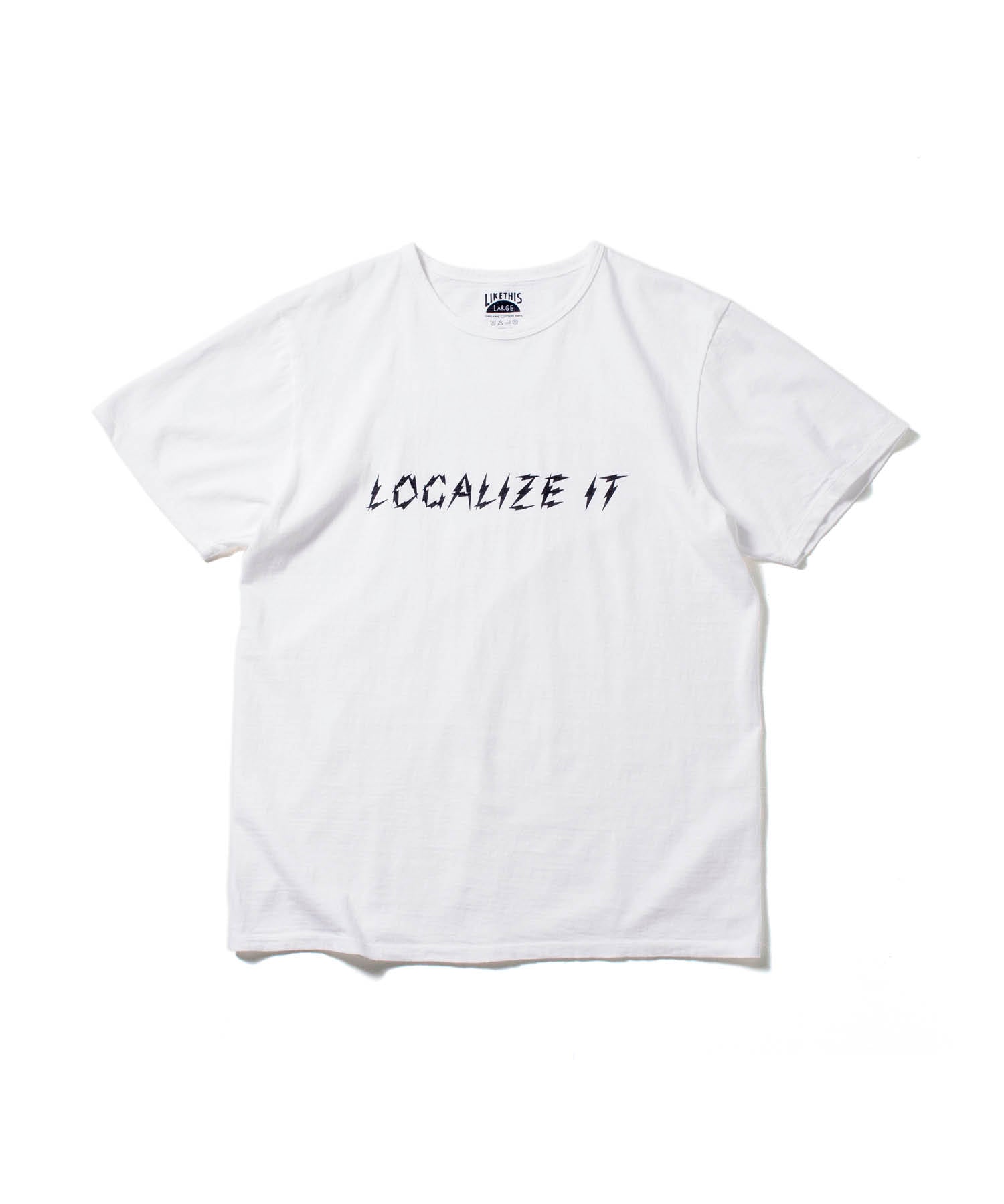Traceability
Dyed with

Material Story
Mulberry
A deciduous tree found in Japan, the Korean peninsula, China, and elsewhere. Its fruits, called "mulberry fruit" or "dodome," are delicious eaten raw and are used to make fruit wine, while its leaves are used to raise silkworms for silk, and its young shoots in early spring are eaten as wild vegetables, in tempura or as a salad. Its roots and leaves have also been used in traditional Chinese medicine, making it a thoroughly usable herb. The root bark of the mulberry tree is called sohakuhi, the leaves are called soyou, the branches are called soushi, and the fruit is called tan or soujin, or soushinshi, and is a herbal medicine that has diuretic, antitussive, expectorant, anti-inflammatory, and tonic properties.
Our quality

100% Organic Cotton
Organic cotton sourced from farmers on five continents. Cotton harvested using farming methods that protect the environment without the use of pesticides or defoliants for more than three years is used in Taishobo organic yarn, which is spun without putting a burden on the environment during the manufacturing process. Organic cotton is a peaceful material that not only reduces environmental pollution caused by pesticides and chemical fertilizers, but also the burden on the health of farmers who produce it, and this is where the comfort of LIKE THIS TEE begins.

Loop Wheel
This knitting machine, which originated in Europe and was in use until around the 1960s, is called a "hanging knitting machine" or "suspension machine" because it knits fabric while suspended from the ceiling. Because it knits slowly without putting unnecessary tension on the thread, it is able to knit fabric that is soft as if it contains air, yet strong. However, because it can only knit about one meter per hour, it has lost its place in a society of mass production and mass consumption, and now this valuable technique is only operated by a few companies in Wakayama Prefecture, Japan.

Botanical Dyes
Botanical dye is a hybrid plant dye that dyes protein-treated fibers with a combination of pigments found in plants and small amounts of chemical dyes. Compared to traditional plant dyes, it is characterized by high fastness and vivid color development. It does not use mordants that promote color development and fixation with metals, and controls the color tone by the temperature when extracting the pigment, acidity or alkalinity, and dye concentration. The natural colors of plants reflect light in a complex and diffuse manner, allowing fibers to be dyed in beautiful, deep colors.
Organic Cotton Tee
- Blank Tee
- Art Tee






